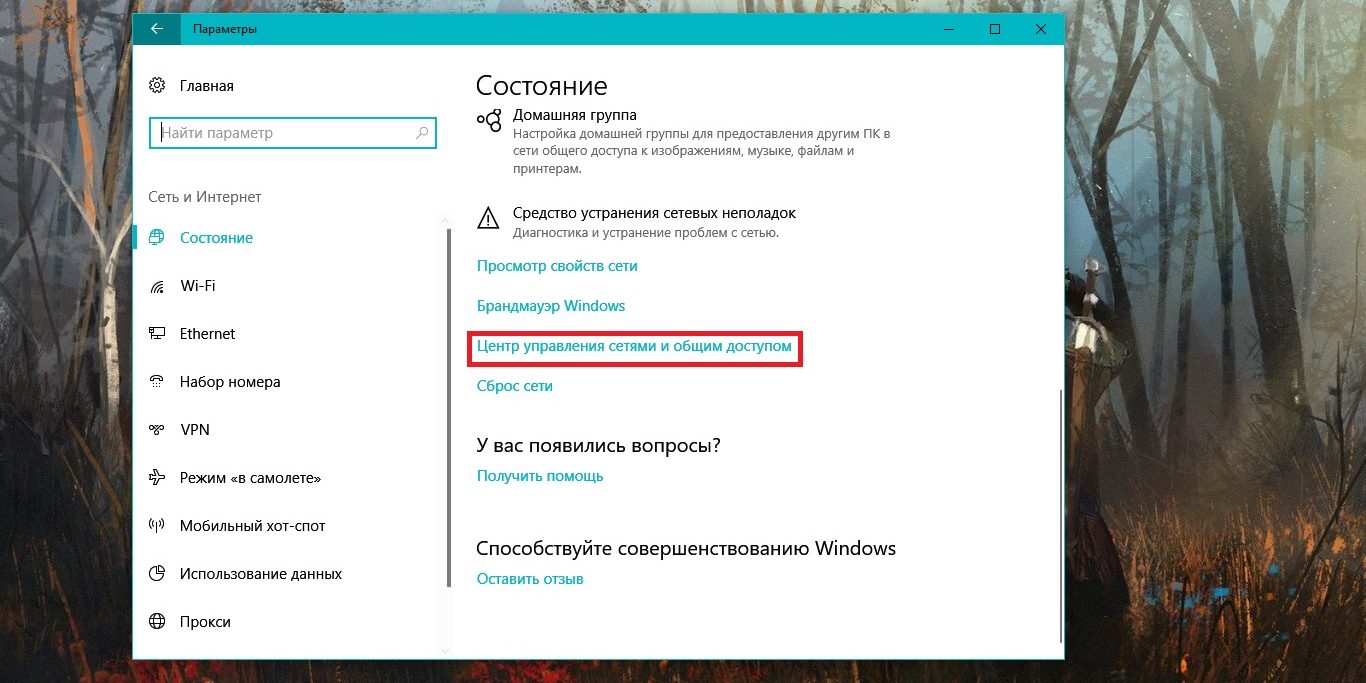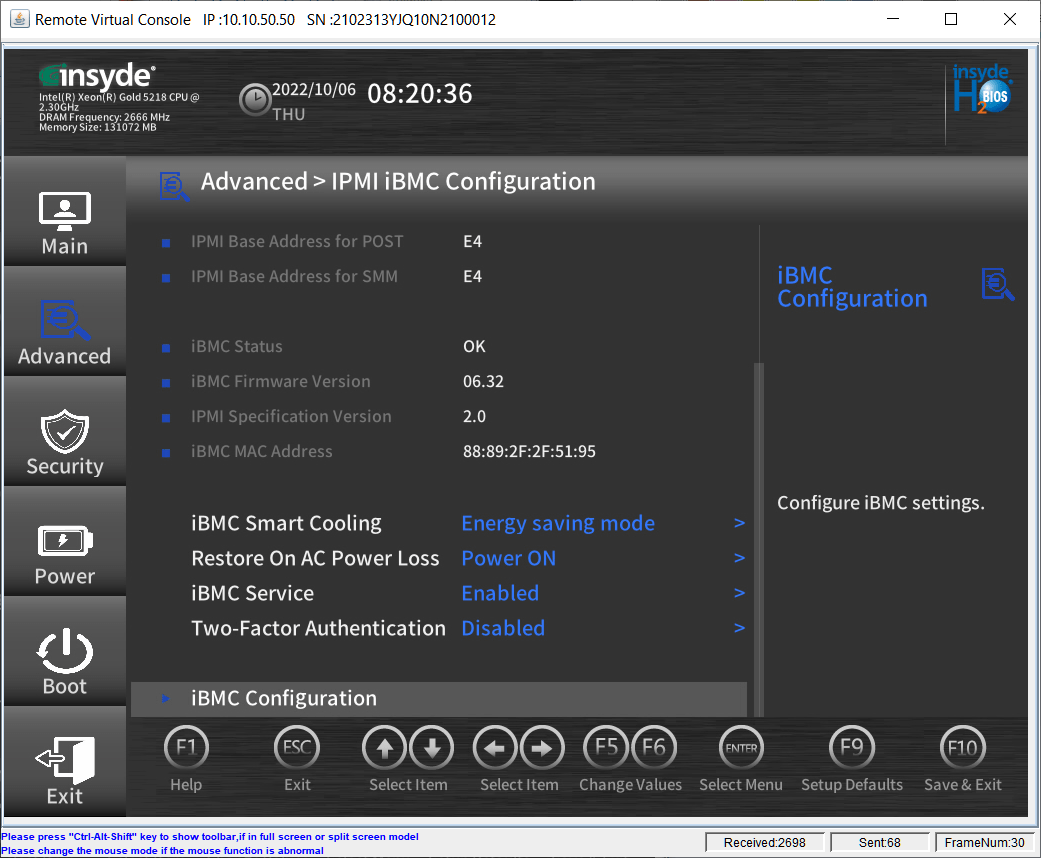Introduction
Managing access rights on a server is one of the most important tasks for ensuring security and protecting confidential data. Having specialized tools that allow you to manage users and their rights greatly simplifies the server administration process.
What are Server Access Rights Management Tools?
Server access rights management tools are programs or sets of programs that allow server administrators to manage users, user groups, and their rights on the server. With their help, you can control user access to various resources, set different access levels to files and folders, and monitor user activity on the server.
Popular Server Access Rights Management Tools
1. Linux ACL
Linux ACL is a mechanism for managing access rights to files and folders in the Linux operating system. With its help, you can set additional access rights to files and folders, and manage access to them for specific users and user groups. Linux ACL allows for more granular configuration of access rights to files and folders than standard access rights in Linux.
2. Install Windows Server 2022 on a VPS: A Step-by-Step Guide" class="internal-post-link">Windows Server Security
Windows Server Security is a set of tools for managing access rights on a server running the Windows Server operating system. With their help, you can create users and user groups, set different levels of access to server resources for them, and monitor their activity on the server. Windows Server Security has an intuitive interface and extensive options for configuring access rights.
3. Active Directory
Active Directory is a directory service from Microsoft designed to manage users, groups, and computers in a Windows network. With Active Directory, you can manage access rights to various resources on the server, set security policies, centrally manage users and groups, and automate server management processes.
Comparison of Server Access Rights Management Tools
When choosing a tool for managing access rights on a server, it is necessary to consider the features of each of them. Linux ACL is suitable for Linux-based servers where more flexible configuration of access rights to files and folders is required. Windows Server Security is perfect for servers running Windows Server, where ease of use and extensive options for configuring access rights are important. Active Directory is a universal tool for managing access rights on a server in a Windows network, where centralized management of users and groups is required.
Conclusion
Server access rights management tools play an important role in ensuring server security and protecting confidential data. The right choice of tool will simplify the process of managing users and their rights, and ensure effective protection of the server from unauthorized access. Choose the appropriate tool and ensure the security of your server today.


![How to Set Up Automated VDS Backups in [Platform/Location]](https://valebyte.com/blog/wp-content/uploads/2025/11/leonardo_3b4910a9-300x169.jpg)


